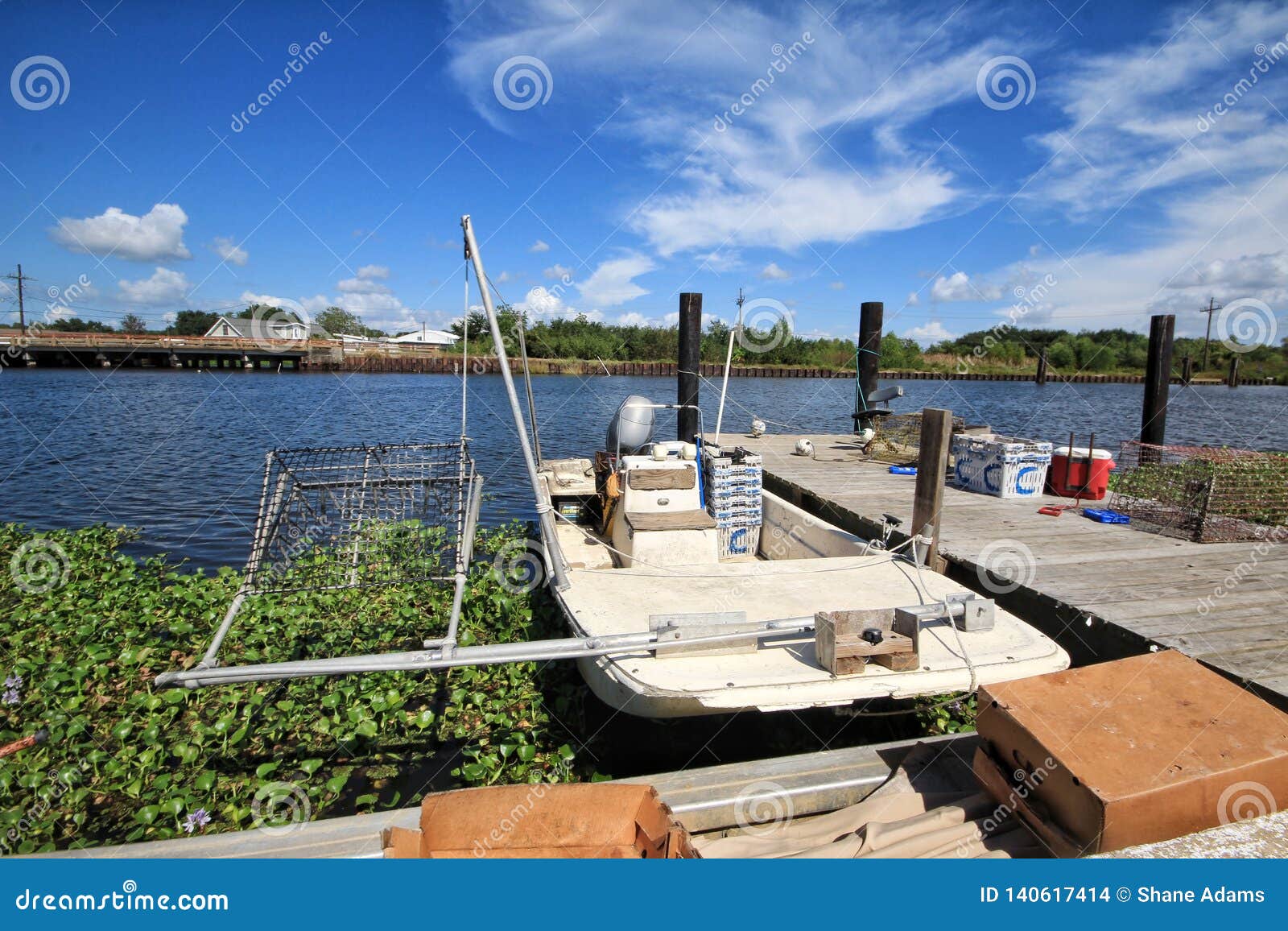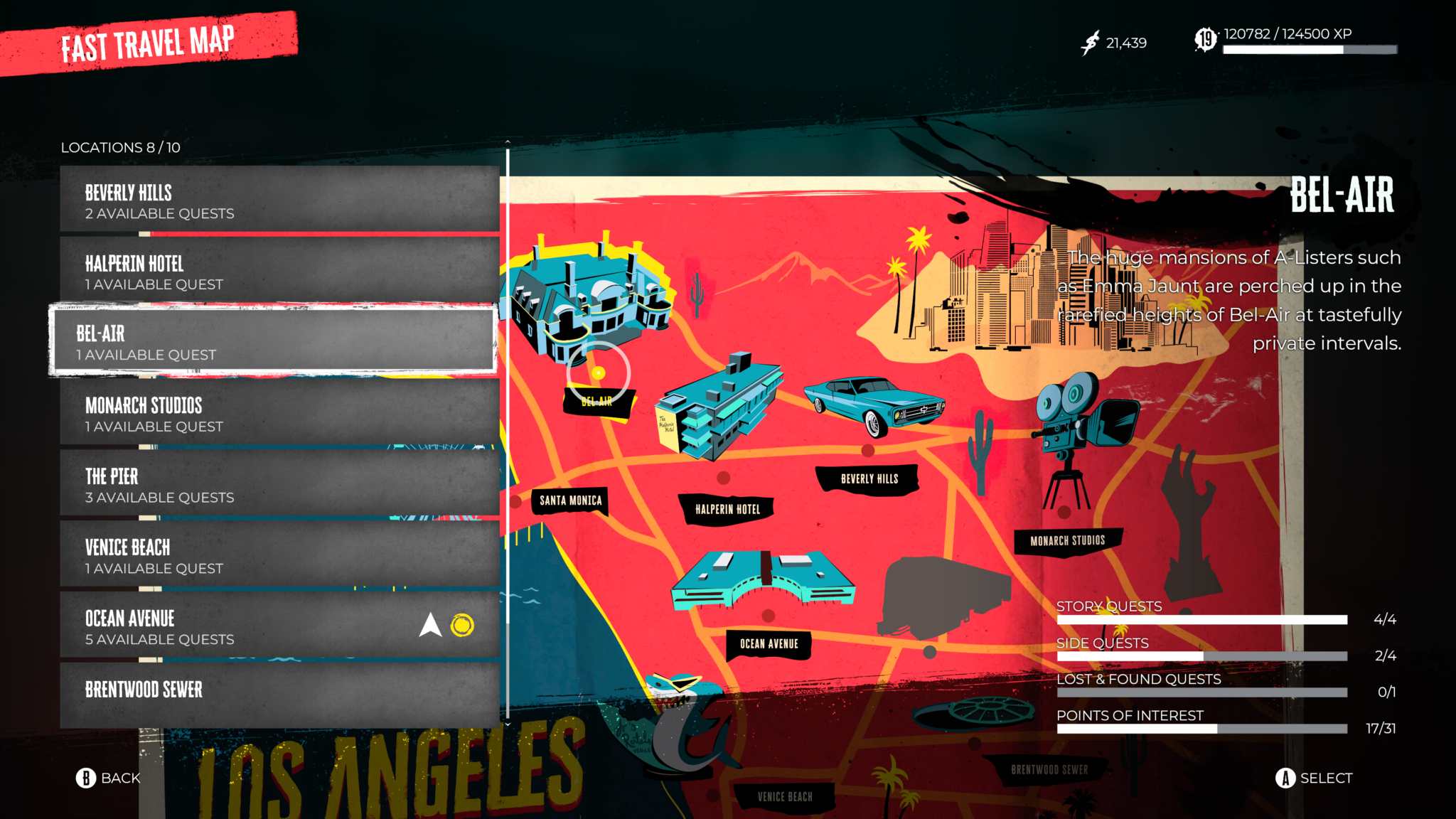

Lagenophrys callinectes was highly prevalent in the pre-molt crabs, but because it is a commensal species, it may not cause high mortality rates. Commercial harvests in the state account for over half of all landings in the Gulf of Mexico. bacteria were prevalent in the hemolymph of 37% of the pre-molt crabs. Louisiana now has the worlds largest blue-crab fishery. Shell disease was moderately prevalent at rates above 50% and varied by shedding facility, collection month, and crab size.

We also detected Ameson michaelis and reo-like virus infections. After working in the seafood industry from their home state of Louisiana for over forty years, shipping Louisiana blue crab to Maryland, the McCarthy family presents the authentic flavors of Louisiana and Maryland. During the active shedding season in 2013, we determined the prevalence of shell disease, Vibrio spp., Lagenophrys callinectes, and Hematodinium perezi at 4 commercial shedding facilities along the Louisiana coast. Commercial soft shell shedding facilities in Louisiana experience high mortality rates of pre-molt crabs, and some of these deaths may be attributable to diseases or parasites. Live Louisiana Blue Crabs Fresh from the Premier Crab supplier in south Louisiana Includes Seafood Boil Mix and Overnight Shipping Jumbo size is approximately 1.25 crabs to a pound and average 6'-6. No one may harvest adult female crabs in the berry stage (carrying eggs or young attached to the abdomen). The recreational possession limit for blue crabs is 12 dozen per person per day.

Blue crab diseases, parasites, and commensals are not well studied in the Gulf of Mexico, and their prevalence rates have only been sporadically determined. There is no recreational minimum size limit for blue crabs, stone crabs, or stone crab claws.


 0 kommentar(er)
0 kommentar(er)
